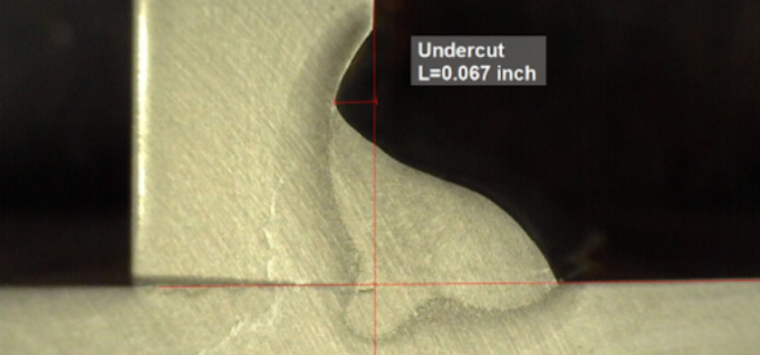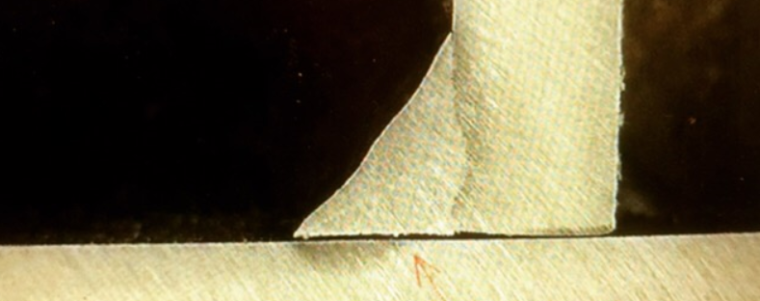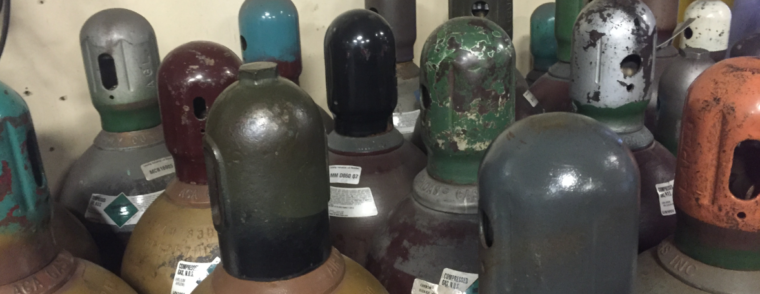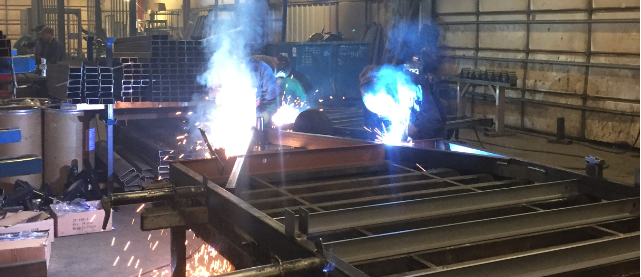Why you should take Undercut very seriously
Can it lead to catastrophic failure?

Undercut is a surface discontinuity resulting from melting of the base metal at one or both toes of a weld which remains unfilled by the weld metal. It can also occur at the root of groove welds. Undercut presents two problems. First, it forms a mechanical notch which acts as a stress riser and is […]






